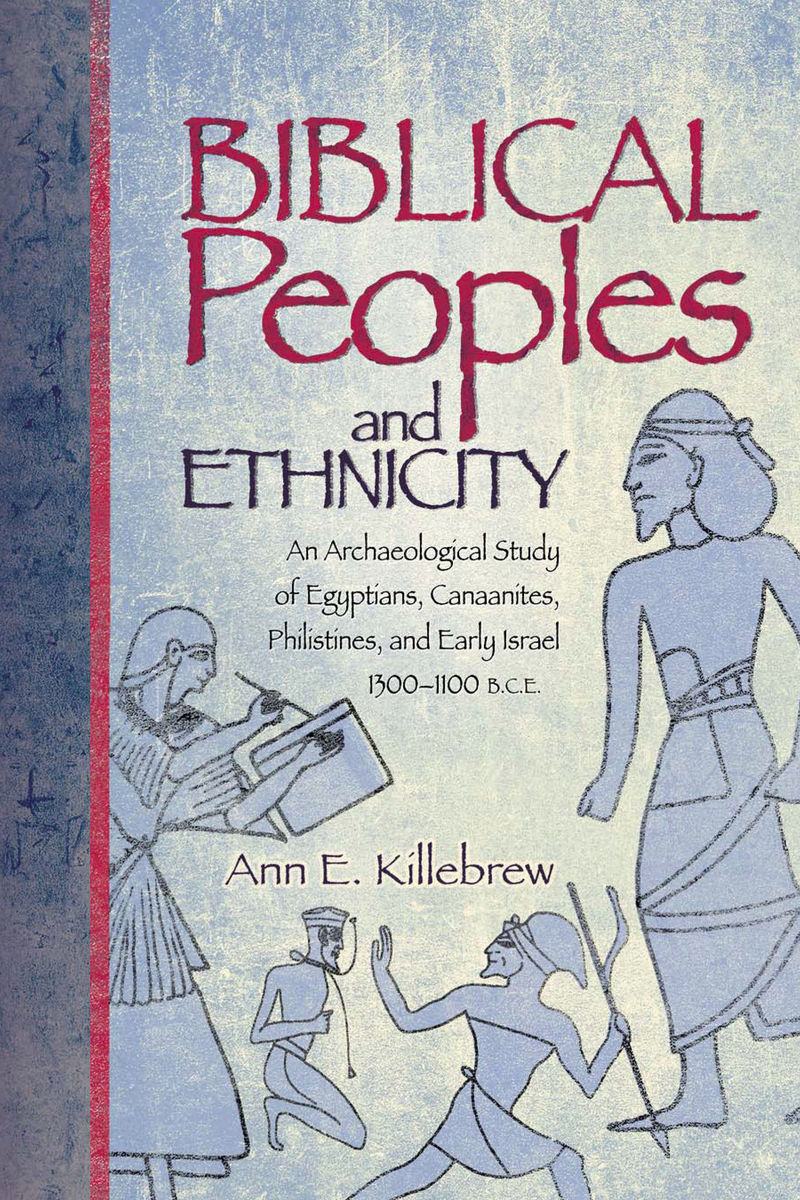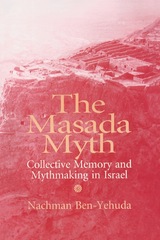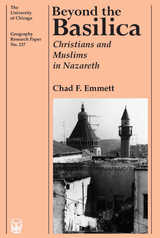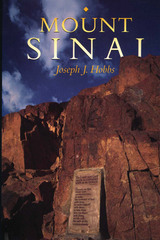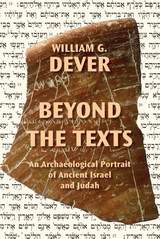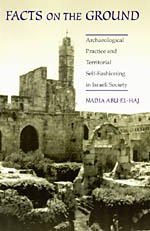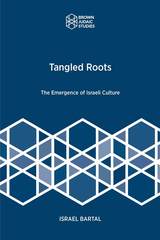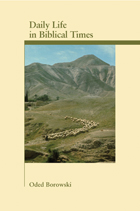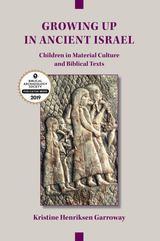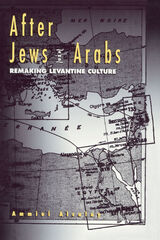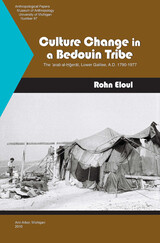Biblical Peoples and Ethnicity: An Archaeological Study of Egyptians, Canaanite
SBL Press, 2005
Cloth: 978-1-62837-066-9 | eISBN: 978-1-58983-677-8 | Paper: 978-1-58983-097-4
Library of Congress Classification DS112.K476 2005
Dewey Decimal Classification 221.93
Cloth: 978-1-62837-066-9 | eISBN: 978-1-58983-677-8 | Paper: 978-1-58983-097-4
Library of Congress Classification DS112.K476 2005
Dewey Decimal Classification 221.93
ABOUT THIS BOOK | AUTHOR BIOGRAPHY | TOC
ABOUT THIS BOOK
Ancient Israel did not emerge within a vacuum but rather came to exist alongside various peoples, including Canaanites, Egyptians, and Philistines. Indeed, Israel’s very proximity to these groups has made it difficult—until now—to distinguish the archaeological traces of early Israel and other contemporary groups. Through an analysis of the results from recent excavations in light of relevant historical and later biblical texts, this book proposes that it is possible to identify these peoples and trace culturally or ethnically defined boundaries in the archaeological record. Features of late second-millennium B.C.E. culture are critically examined in their historical and biblical contexts in order to define the complex social boundaries of the early Iron Age and reconstruct the diverse material world of these four peoples. Of particular value to scholars, archaeologists, and historians, this volume will also be a standard reference and resource for students and other readers interested in the emergence of early Israel.
See other books on: Antiquities & Archaeology | Ethnicity | History & Culture | Iron age | Palestine
See other titles from SBL Press
